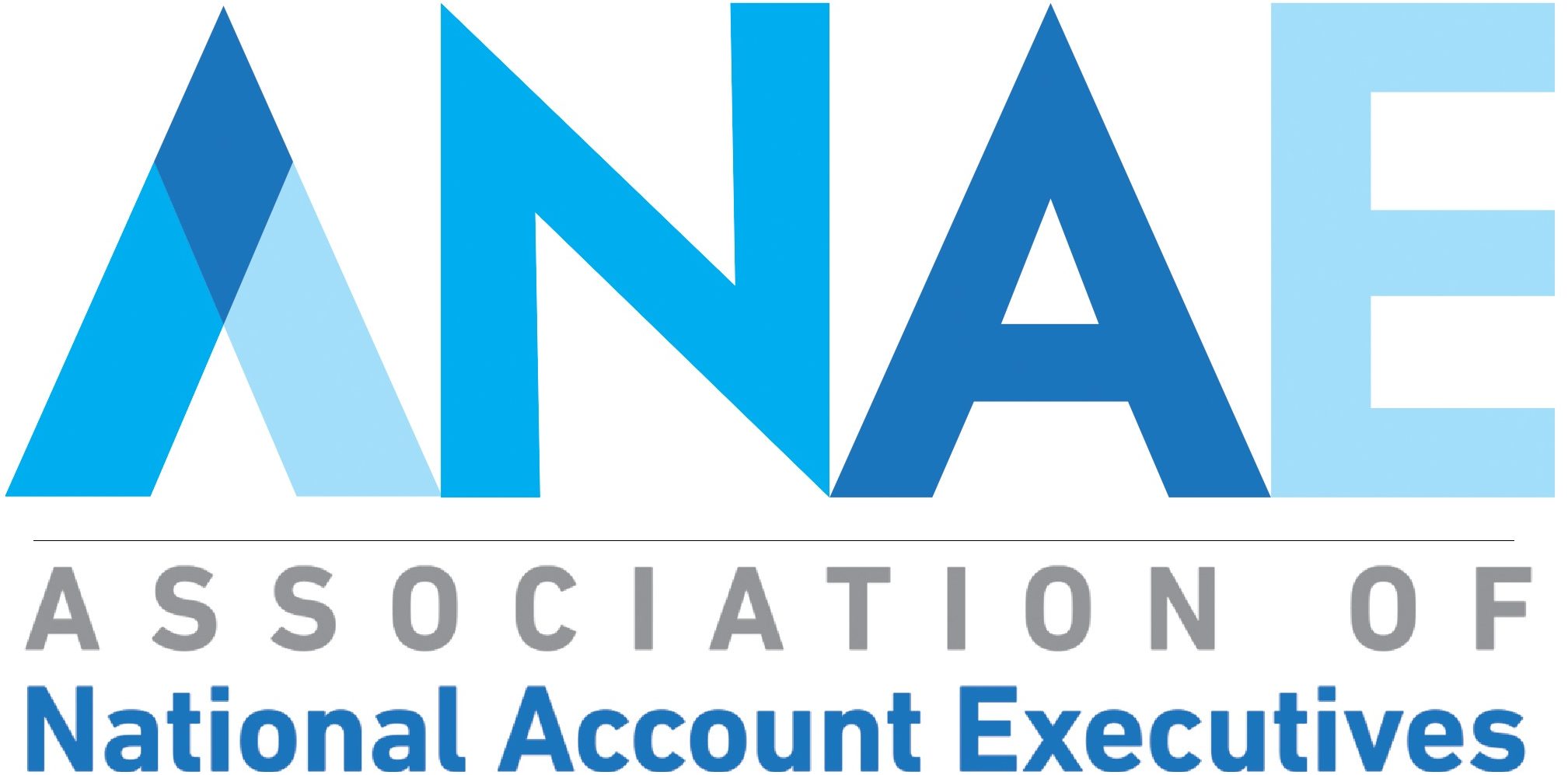In a recent Supply Chain Leaders Series call, ANAE interviewed Ray Seigfried, SVP at Christiana Care Health System (Wilmington, DE). Christiana Care Health System is an 1,100-bed healthcare network that serves Delaware, as well as the surrounding areas of Pennsylvania, Maryland, and New Jersey. A not-for-profit, non-sectarian health system, Christiana Care is a major teaching hospital with two acute-care hospital campuses, more than 250 Medical/Dental residents and fellows, and an annual net revenue of $1.3 billion. The system is home to Delaware’s Level I trauma center, the largest of its kind between Philadelphia and Baltimore.
Ray Seigfried joined Christiana Care as vice president in April 1989. In his current role of SVP he is responsible for the administration and operation of the departments of pharmacy, pathology and laboratory medicine, EEG, EMG, sleep center, materiels management, clinical engineering, pastoral services, food and nutrition services, and textile services at Christiana Care’s campuses. He is a Bellwether League Honoree for his leadership in bringing a systems approach to the profession of materiels management. He serves as an active member of the Pharmacy and Therapeutics Committee, Patient Safety Committee, Learning Council, Technology Management Committee and many other operational committees. Before joining Christiana Care, Seigfried worked in the corporate office at Inova Health System (Fairfax, VA). Seigfried earned a Bachelor of Science from Bloomsburg University and a Master of Arts from Antioch University. He is a founding member of Dialogue and Deliberation, a member of the International Society for Systems Science and the System Dynamics Society. He is married and resides in Wilmington, Delaware, with his wife Mary and son Peter.
Some of the topics Seigfried covers on the call include:
Fragility of the current state of the supply chain
Seigfried speaks about hospitals’ current lack of organization and assertiveness as a major factor in current supply chain inefficiency. He mentions how, across the country, the supply chain is “fragile” because of its historic and widespread fragmentation. Seigfried says, “This whole concept of innovation and collaboration with manufacturers and distributors I think we’re going to see a big push in that direction. I don’t think that manufacturers can do it alone, I don’t think hospitals can do it alone… There are a number of layers that are an indication that we need to do a much better job of planning and redesigning the supply chain so it’s a win-win, rather than a win-loss.”
The new way to determine a product’s value
“Forget the price stuff… let’s focus on value,” says Seigfried. Hospitals are looking to cut costs, now more than ever – but that doesn’t always mean buying the products with the lowest price-points. As hospital supply chain executives restructure, they are looking for the products that let them get the most out of their dollar, the products with the most value. Seigfried provides an example of how switching to a catheter that initially cost three times as much as a regular catheter, virtually eliminated Christiana’s “VAP rate.” The pricier device saved the system money, and wound up being ultimately less-costly. He says, “It’s a great example of the kind of innovation [supply chain executives] are looking for. We were able to evaluate the product, recognize it cost three times as much, and we have it and we are certainly very proud of that product and certainly will recommend it to other hospitals because that is a valued product.”
How suppliers can “step up to the plate”
“It really comes down to manufacturers really working with physicians,” Seigfried says. “’Supply chain’ is the wrong [term] for what we’re doing. We’re transitioning to [what is] truly a ‘supply system’ and systems are totally inter-dependent.” He says that no provider, supplier, or distributor can go-it-alone and be successful in today’s changing environment and that more collaboration is needed on how [everyone] deals with product flow, logistics, and utilization. “I would suggest that [suppliers’ and distributors’] communication to IDNs become one grounded concept of value,” says Seigfried. “How we collaborate together and how we work together is really, really critical… Mapping the cycle flow of a product… demands the manufacturer, the distributor, and the hospital work together as a team redesigning the flow – that’s the level we have to be at.”
- 2016 ANAE Annual Conference - January 27, 2016
- ANAE to Host Panel at IDN Summit - September 11, 2014
- Protected: ANAE 2014 Presentations - July 30, 2014
